It's no secret that the makers of traditional computing devices are less than pleased with some of Microsoft's more recent moves, and a new announcement from Acer marks the continuation of a trend that may give the software giant pause: PC giants increasingly releasing regular PC form factors and other devices running not Windows, but Google's Android operating system.
Acer's new Android-powered all-in-one desktop.
Acer next week will announce a new all-in-one (AIO) PC that runs Android 4.0, CNet reported late this week. Slashgear reports that the Acer DA220HQL AIO will pack a dual-core TI OMAP processor under its 21.5-inch multi-touch screen. It will also come in at a price point hundreds of dollars lower than a typical Windows computer.
Google's free licensing for its Android operating system makes the expected $400 to $425 price tag on the new AIO possible, as does a notable amount of enmity between Acer and Microsoft. While the Taiwanese manufacturer still makes hardware that runs Windows, CEO JT Wang has had no qualms voicing his displeasure with a number of Microsoft's decisions over the past year.
Chief among Wang's concerns was Microsoft's decision to enter the hardware sector with its Surface Pro and Surface RT models. After the revelation of the Surface units, Wang said publicly that he'd told Microsoft to "think twice" about entering the hardware business.
Microsoft billed the Surface project as a "reference design," meant to inspire its partners to do more with the PC form factor, but the software giant kept the Surface tablets secret from its hardware partners — developing the tablets in a literal underground bunker — until just before the devices' unveiling. That put PC makers in the uncomfortable position of having to compete with the very company that supplies the operating system their products run on.
"If Microsoft is going to do hardware business," Wang said in August, "what should we do? Should we still rely on Microsoft, or should we find other alternatives?"
Acer has since proceeded to find alternatives, turning readily to software offerings from Google. In addition to the forthcoming Android all-in-one, the firm has also released a notebook PC running Google's browser-based Chrome OS. Both units cost significantly less than Windows PCs, thanks in no small part to much lower specs than traditional computers.
It isn't just Microsoft's move toward becoming a hardware, software, and services company that has PC makers looking to possibly greener pastures. Their actions also reflect the reality of a PC market that has been hemorrhaging sales due to a combination of factors.
In the midst of a soft global economy, PC makers must now compete with smartphones and tablets, mobile devices that accomplish most of what many traditional PC users needed from notebooks and desktops, as well as some things PCs can't typically do. Thanks to the iPad, Apple has been able to weather the generational computing shift, but others haven't fared as well.
PC makers must also deal with the fact that innovation in traditional computing form factors has largely plateaued. While processor speeds continue to increase, many users are not finding that new models are different enough from their current setups to justify a purchase.
Windows 8, with its touch-centric interface, was supposed to reverse this trend by combining the best of the last generation of computing with the best of the current generation. Many PC makers waited patiently through quarter after quarter of disappointing results, hoping that Microsoft's newest OS would turn their fortunes around. Instead, Windows 8 was panned as confusing by many, and PC sales continued their downward spiral.
Compounding the problem was Windows RT, a version of Windows meant to run on lower-powered ARM processors. Microsoft hoped that the alternative Windows would give it a foothold in both the mobile and traditional computing segments, but a number of manufacturers have said the two systems confused buyers, and Windows RT is regarded as a failed effort.
In addition to Acer, other PC manufacturers have been testing the Android waters. Later this year, PC mainstay Dell — despite Microsoft's $2 billion involvement in its privatization bid — will ship a thumbdrive-sized PC that turns any HDTV into a smart device.
Another PC giant, HP, has released a $169 Android-based tablet, even as Microsoft struggles to get Windows 8 off the ground.
Samsung, meanwhile, continues to make both Android and Windows devices. The South Korean giant, though, has continually touted its Android line of devices much more than any units running Windows 8, Windows RT, or Windows Phone 8. Samsung's profits grew 42 percent last quarter, and that growth was largely on the strength of its highly profitable smartphone division.
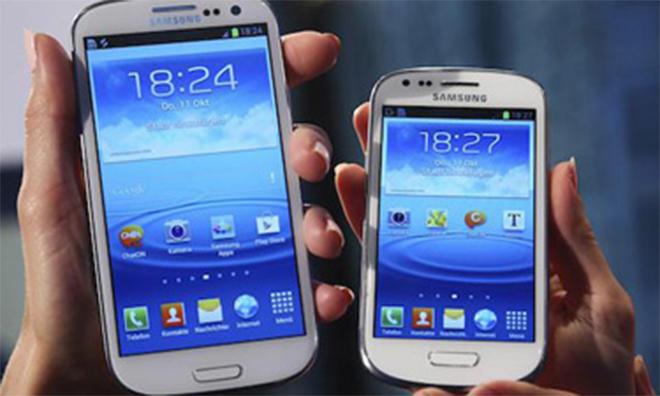
Samsung has been more concerned with touting its Android-powered Galaxy line than shoring up the ailing Windows platform. (image via Fox6Now.com)
Microsoft has tried to combat all of these factors, even as the PC market continues to transform. In March, the Redmond giant began reducing licensing prices on Windows 8 in the hopes that lower-priced devices would spur consumer interest. The company has also been looking into cheaper touchscreen technology to help its manufacturing partners produce devices that might undercut Apple's bestselling iPad and other Android devices.
Finally, in a considerable reversal, Microsoft has revealed that it plans to alter Windows 8's interface to bring back familiar items like the Start button, lost in the transition from the last generation of Windows to the current. The company will also give users the option to bypass the touch-centric Modern UI — the multi-paned face of Windows 8 — and instead boot to the more familiar desktop seen in those versions of the operating system that ruled computing before the landscape began to change.
 Kevin Bostic
Kevin Bostic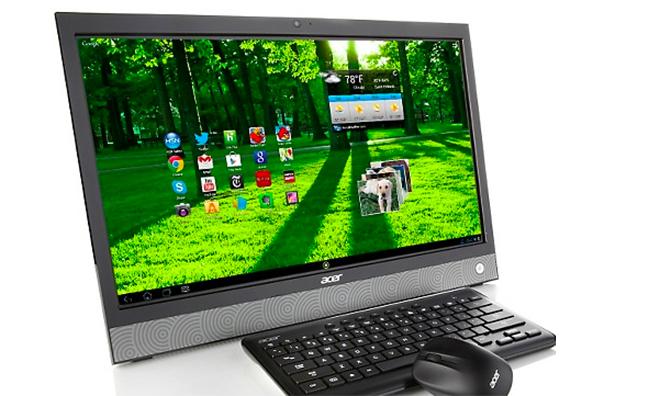

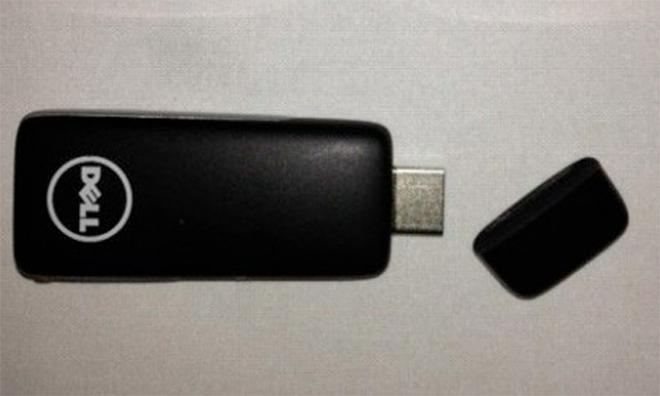
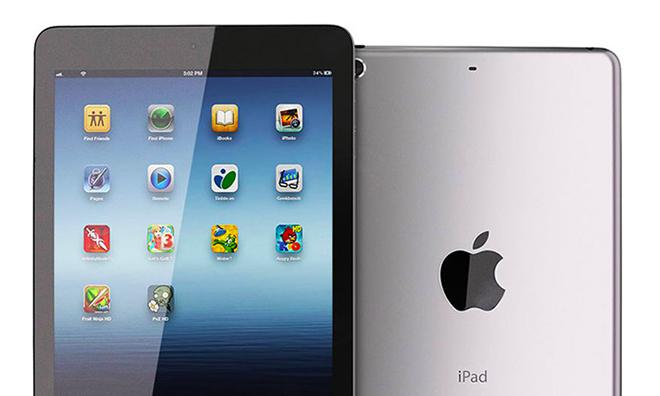
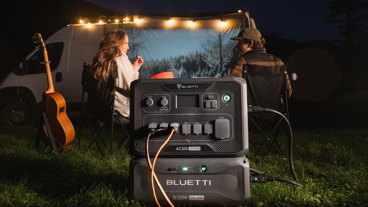

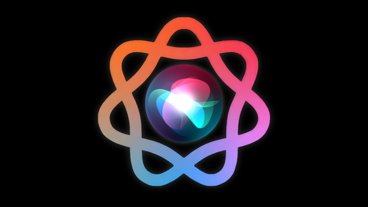










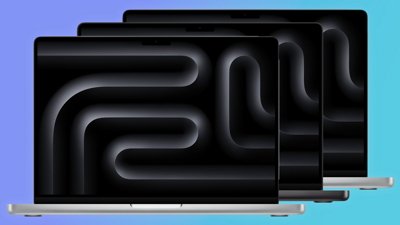
 AppleInsider Staff
AppleInsider Staff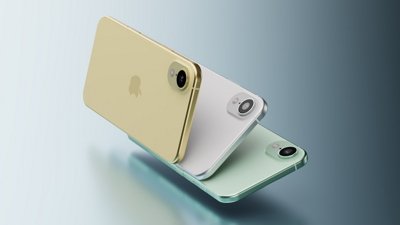
 Malcolm Owen
Malcolm Owen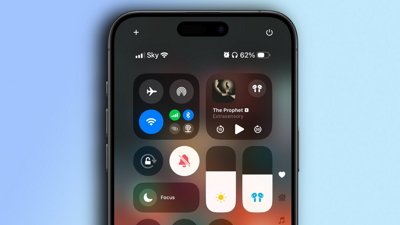
 Oliver Haslam
Oliver Haslam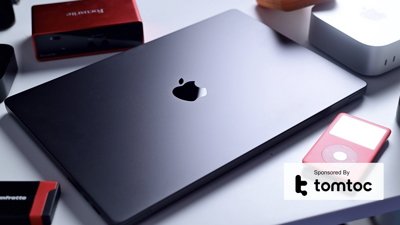
 Andrew O'Hara
Andrew O'Hara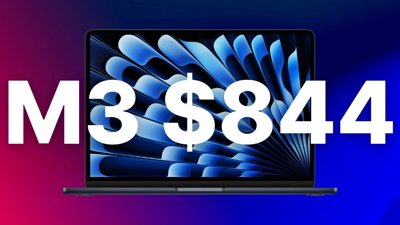
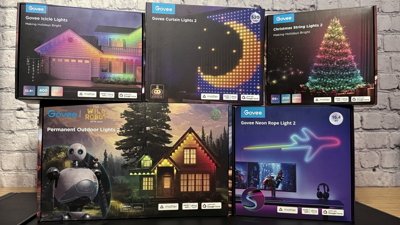
 Wesley Hilliard
Wesley Hilliard
 William Gallagher
William Gallagher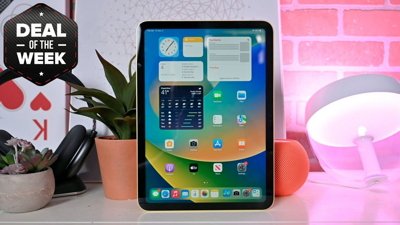
 Christine McKee
Christine McKee








12 Comments
The mass-exodus from Windows continues. Microsoft is in in trouble as Apple & Google have passed Microsoft years ago and consumers, even longer. It would seem the X-Box is their only saving grace at this point.
"When you see a vertical touchscreen, they did it wrong."
—Steve Jobs, were he still alive today.
I will say I like the hardware I'm on, but win 8 is quirky. If I could, with all the bad reviews, I'd reload Vista on the machine. Hopefully 8.1 on the 26th will address some of this.
[quote name="Tallest Skil" url="/t/157805/pc-makers-revolt-against-windows-continues-as-acer-preps-all-in-one-android-desktop#post_2336741"]"When you see a vertical touchscreen, they did it wrong." —Steve Jobs, were he still alive today. [/quote]I just don't see the appeal in touchscreen desktops or why anybody would want one. My arms would be extremely sore after about 5-10 minutes with one of these things. Touchscreen pc desktops imo are more gimmicky than useful.
An all-in-one Android desktop is about as much of a threat to Windows PCs as it is to Apple PCs. None whatsoever. On the subject of 'vertical touchscreens' old Steve clearly didn't have a heads-up on the LeapMotion, which truly can be described as indiscernible from magic. It's 'Minority Report' 3D navigation and control coming to any screen near you in July 2013. Imagine an application that can translate sign language...